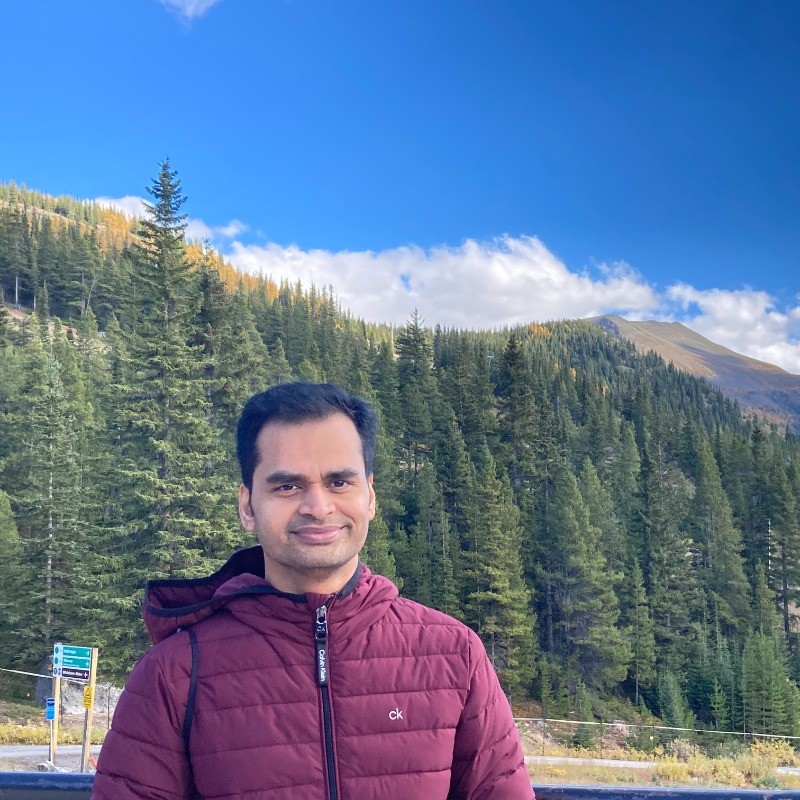Tutorial Agenda
🕐 Time: 10:00 AM - 12:00 PM Eastern Time
📍 Zoom Link: Will be sent via email a few days before the workshop.
💬 Slack Community: Join Discussion
📚 Materials: Resources
✍️ Registration: Register Now
⏰ All times shown in Eastern Standard Time (EST/EDT)
Talk Schedule
Building LSTM and Transformer Models for Hydrologic Prediction

This tutorial provides a hands-on introduction to applying deep learning models—LSTM and Transformer—to hydrologic prediction using the CAMELS dataset. Participants will learn how to preprocess data, construct and train models, and evaluate their performance on rainfall–runoff tasks. No prior hydrology experience is required—just curiosity about deep learning for Earth science.
Machine Learning for Natural Hazard Prediction

This tutorial provides a step-by-step introduction to building Landslide Susceptibility Models (LSMs) using classical machine learning algorithms. Participants will learn how to preprocess geospatial data, train ensemble models under different data partitioning and cross-validation strategies, interpret feature importance, and evaluate the spatial generalization performance of regional landslide susceptibility predictions.
Differentiable Modeling for Water Science What Physics Adds to Machine Learning

This tutorial introduces the concept of differentiable modeling and its applications in hydrologic modeling. It also includes a code demo of a differentiable HBV model using the CAMELS dataset.
SmartScan - AI Powered Optimal Sensor Placement to Tackle Global Methane Emissions

SmartScan — an interactive AI system that automatically identifies potential sources of methane leaks from satellite imagery. SmartScan leverages the Segment Anything Model (SAM), a large-scale vision transformer from Meta, and introduces a novel prompt engineering technique that enables accurate subspace extraction using few-shot learning and lightweight models. With fewer than 50 training images, SmartScan achieves state-of-the-art performance, eliminating the need for expensive pixel-level annotations.
Distributed AI/ML model training on HPC clusters

This tutorial will cover the basic concepts and fundamentals of High Performance Computing (HPC), Artificial Intelligence (AI), why HPC is important for AI, and distributed training strategies with a focus on PyTorch Distributed Data Parallel (DDP). Through handson exercises, participants will learn step by step how to scale training from a single GPU to multiple GPUs on a single node, and finally extending to multi-node distributed environment.
Web Application Development for Hydrologic Modeling and Visualization
This session introduces Tethys Platform, an open-source framework for building earth-science- focused web applications. For over a decade, scientists have used Tethys to build web applications for hydrologic modeling, visualization, and decision support. Participants will see two complementary approaches to web app development.
Large Language Model (LLM) Agent in Hydrology

This tutorial introduces AQUAH, the first language-based agent specifically designed for hydrologic modeling. With simple natural-language prompts (e.g., 'simulate floods for a specific basin'), AQUAH autonomously retrieves data, configures hydrologic models, executes simulations, and produces analyst-ready reports, simplifying complex environmental modeling tasks.
Talk to Your ML Models. Insights from Sensitivity Analysis (XVARS) and Explainable AI (XAI)

Sensitivity Analysis (XVARS) and Explainable AI (XAI)